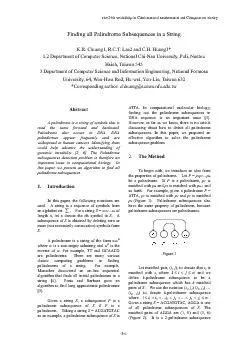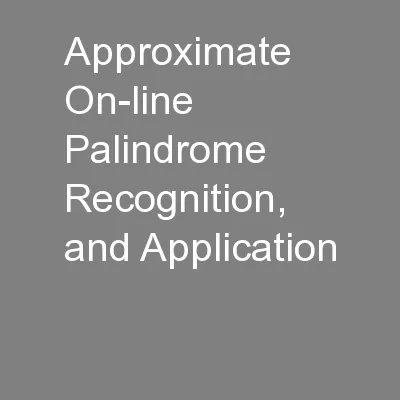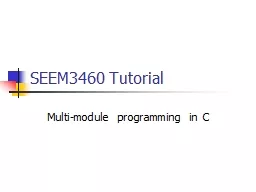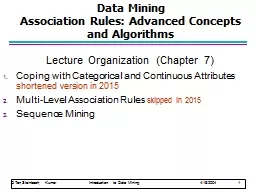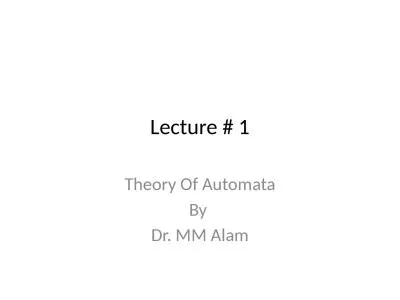PDF-Finding all Palindrome Subsequences in a String K.R. Chuang1, R.C.T. L
Author : jane-oiler | Published Date : 2015-09-19
Let matched pair to denot where nji and we define palindrome subsequence to be a palindrome subsequence which has matched pairs of We use the notation finding
Presentation Embed Code
Download Presentation
Download Presentation The PPT/PDF document "Finding all Palindrome Subsequences in a..." is the property of its rightful owner. Permission is granted to download and print the materials on this website for personal, non-commercial use only, and to display it on your personal computer provided you do not modify the materials and that you retain all copyright notices contained in the materials. By downloading content from our website, you accept the terms of this agreement.
Finding all Palindrome Subsequences in a String K.R. Chuang1, R.C.T. L: Transcript
Download Rules Of Document
"Finding all Palindrome Subsequences in a String K.R. Chuang1, R.C.T. L"The content belongs to its owner. You may download and print it for personal use, without modification, and keep all copyright notices. By downloading, you agree to these terms.
Related Documents

